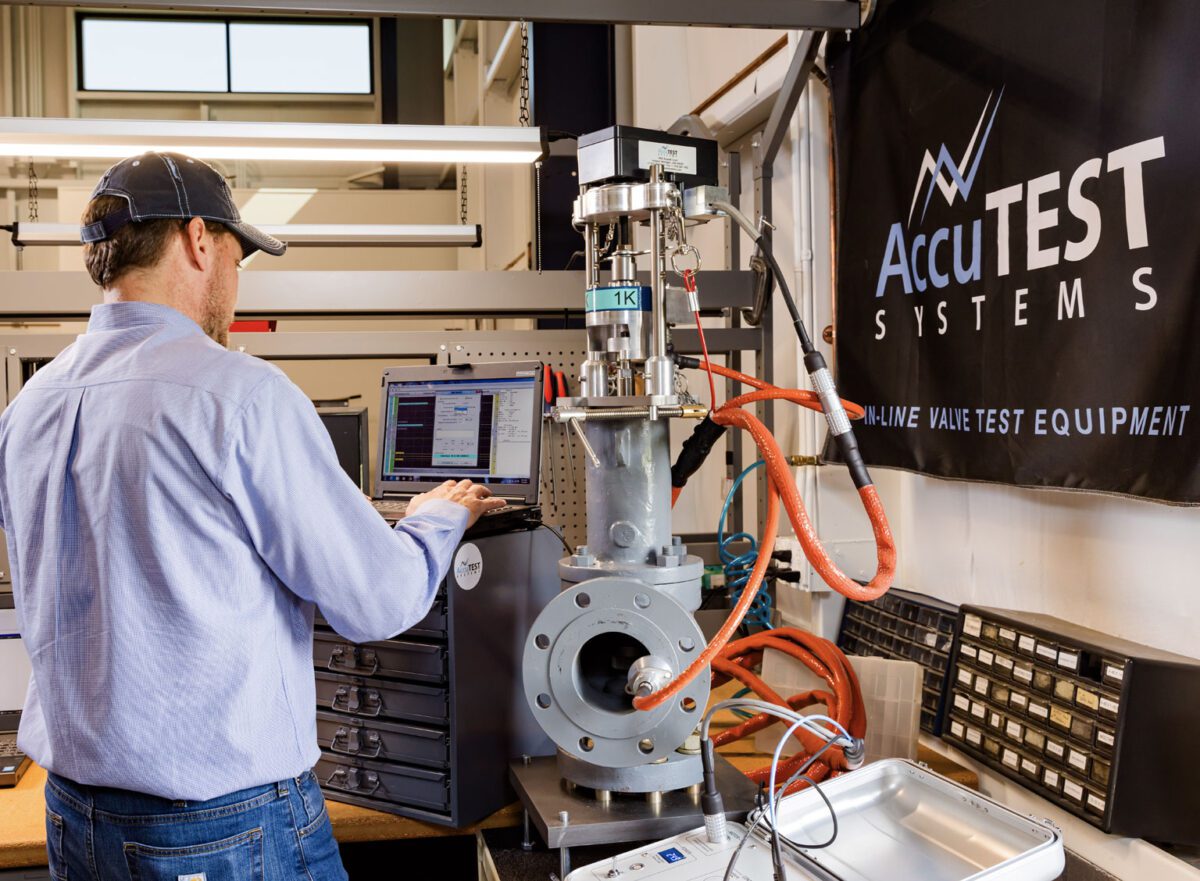How Safety Valve Technicians Can Work Alone—Without Compromise

In many industrial settings, pressure relief valve (PRV) testing is increasingly performed by a single safety valve technician. Whether due to staffing reductions, tight maintenance windows, or the structure of service operations, working alone has become the norm for many valve technicians—both in the field and in plant environments.
Solo work introduces a distinct set of challenges. Without a second person to assist, the technician is responsible for equipment setup, test execution, data recording, and troubleshooting—all while maintaining safety and compliance. To perform reliably in this context, both process and equipment must support one-person workflows.
The Realities of Solo PRV Testing
Traditionally, valve testing has involved two people—one to operate the test system and another to observe the valve, monitor pressure, or document results. When a safety valve technician works alone, they must manage all these responsibilities independently.
This creates several challenges:
- Safely positioning and aligning the testing system
- Applying lift and monitoring pressure simultaneously
- Managing test timing and ensuring repeatability
- Capturing and recording data without missing steps
- Troubleshooting without immediate backup
When testing systems are bulky, manually operated, or require constant adjustment, these tasks can become inefficient or even unsafe. To maintain quality and consistency, technicians need systems designed to support the realities of solo work.
Equipment Designed for One-Person Operation
Modern testing systems are being developed specifically to support one-person operation by reducing manual steps and simplifying setup and testing. The AccuTEST System is one such solution, with features tailored to support solo technicians in both shop and field settings.
• Lightweight and Mobile Design
The AccuTEST System is compact and lightweight—small enough to be carried by a single technician. This allows for quick transport between job sites or within a facility without the need for additional personnel.
Its design makes it especially effective in tight or elevated areas such as valve bays, scaffolding, or platform-mounted PRVs. Technicians can safely maneuver and set up the system without lifting assistance, minimizing physical strain and maximizing mobility.
• One-Touch Automated Testing
With a single command, the AccuTEST System handles the full valve test cycle—lift, hold, and release—automatically. This removes the need for manual actuation or watching pressure gauges, ensuring consistent force application with minimal operator input.
For solo technicians, this means they can focus on observation and safety while the system manages the mechanical process, helping reduce errors and improve repeatability.
• Real-Time Data Logging
All test data is recorded automatically and displayed in real time. This eliminates the need to take manual notes or transcribe pressure readings after the fact, both of which can be difficult when working alone.
Digital test records are immediately available for review, storage, or reporting—helping ensure traceability and audit readiness, even during high-throughput jobs.
• Remote Technical Support
When problems arise, solo safety valve technicians often have limited options for immediate assistance. The AccuTEST System includes connectivity features that enable remote diagnostics and support from the vendor. This allows operators to resolve issues quickly without halting work or waiting for on-site help.
For facilities and service teams with lean staffing, access to responsive technical support can make a significant difference in maintaining uptime and job efficiency.
How To Support Independent Technicians Without Sacrificing Quality
Valve testing remains a high-responsibility task, even when performed by one person. By using systems designed for solo operation—like the AccuTEST System—technicians can meet performance, safety, and documentation standards without compromise.
As maintenance teams continue to adapt to workforce shifts and operational constraints, tools that reduce the complexity and burden of solo testing will play an increasingly important role in ensuring safe and reliable pressure relief valve performance.
Want to see how it works in action? Contact us with any questions—we’re here to help.



